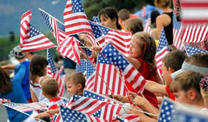
Photo from: http://nashvillelife.com/Nashville-4th-of-July-Parades
But alas, after I did some preliminary research, I realized there isn’t much to write about the Fourth of July that everyone doesn’t already know. Bummer! That makes for a very short blog, which might be good, but I am bereft of the “pithy gene” and can’t write less than 1,500 words [unless I’m working on the mystery novel I’m writing – in that case, I write about 100 words per week or less].
So, I looked up articles entitled “Interesting [or fun] Facts” about the holiday. A² [“Alas” squared]. None of them were particularly “fun,” although I did learn a few thing I never knew or didn’t remember after a hiatus of sixty years … and it’s kind of fun to see how many “known facts” on the internet disagree with each other.

Just like today, it was all about taxes. "Taxation without representation!" At the beginning of the Revolutionary War [April 1775], not many of the colonists wanted complete separation from Great Britain, but gradually the population began to favor complete independence. You all remember that, right?
Of course you do. And you remember, when Richard Henry Lee introduced his motion to the Continental Congress for independence, it was tabled and a five-man committee appointed [Thomas Jefferson of Virginia, John Adams of Massachusetts, Roger Sherman of Connecticut, Benjamin Franklin of Pennsylvania and Robert R. Livingston of New York] to draft a formal statement justifying the break with Great Britain. Maybe you recall hearing that, too.
On July 2nd, 1775, the Continental Congress voted in favor of Lee’s resolution for independence in a near-unanimous vote [NY delegation abstained] and on July 4th, the Continental Congress formally adopted the Declaration of Independence, written primarily by Thomas Jefferson.
“Declaration of Independence” painting by John Trumbull 1818
https://acei-global.blog/2013/07/03/20-fun-facts-about-the-4th-of-julyindependence-day/ ▼
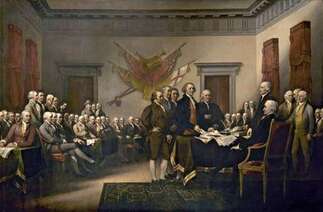
I found these facts interesting although not significant in terms of the history of the United States. They are in no particular order and, as you can see, are not memorable nor would I call them “fun facts”. Just sayin'.
● John Adams believed July 2nd was the correct date on which to celebrate the birth of American independence, and would reportedly turn down invitations to appear at July 4th events in protest.
● John Adams and Thomas Jefferson, the only two signers of the Declaration of Independence who later became presidents, both died within hours of each other on July 4, 1826—the 50th anniversary of the adoption of the Declaration of Independence.
Photo: https://acei-global.blog/2013/07/03/20-fun-facts-about-the-4th-of-julyindependence-day/ ▼
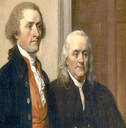
https://www.britannica.com/topic/Declaration-of-Independence
That was news to me. I never thought of Jefferson as being shy.
● “Only two Founding Fathers signed the Declaration of Independence on July 4, 1776. The majority of signers penned their signatures on August 2, 1776.”
http://www.rfdtv.com/story/32328872/4th-of-july-fun-facts#.WwhI_0gvzcc
Or was it only one?
● “Only John Hancock actually signed the Declaration of Independence on July 4, 1776. All the others signed later.” https://acei-global.blog/2013/07/03/20-fun-facts-about-the-4th-of-julyindependence-day/
● The Declaration of Independence was signed by 56 men from 13 colonies. Of those 56, eight were born in Great Britain.

Photo from: https://acei-global.blog/2013/07/03/20-fun-facts-about-the-4th-of-julyindependence-day/
● The youngest signer was Thomas Lynch, Jr. [27] of South Carolina. https://acei-global.blog/2013/07/03/20-fun-facts-about-the-4th-of-julyindependence-day/
Or was he?
● “…Edward Rutledge was the youngest at age 26.” http://thepioneerwoman.com/fun-and-learning/twenty-interesting-things-about4th-of-july/
● The original draft of the Declaration of Independence was lost. Oh, well. I’m sure they have the original of the version that was adopted and signed.
http://www.rfdtv.com/story/32328872/4th-of-july-fun-facts#.WwhI_0gvzcc Library of Congress
● Congress made Independence Day an official unpaid holiday for federal employees in 1870. It didn’t become a federal paid holiday until 1938.
● The first Independence Day celebration took place in Philadelphia on July 8, 1776. This was also the day that the Declaration of Independence was first read in public after people were summoned by the ringing of the Liberty Bell.
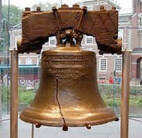
● Every 4th of July the Liberty Bell in Philadelphia is tapped [not actually rung] thirteen times in honor of the original thirteen colonies.
● The tune of the National Anthem was originally an English drinking song called “To Anacreon in Heaven.” The words have nothing to do with consumption of alcohol but the “melody that Francis Key had in mind when he wrote those words did originate decades earlier as the melody for a song praise of wine.” http://www.colonialmusic.org/Resource/Anacreon.htm / https://acei-global.blog/2013/07/03/20-fun-facts-about-the-4th-of-julyindependence-day/
LAST BUT NOT LEAST
On June 29, 2013, Parade Magazine ran an article by Ken Jennings entitled “America 101: Take Our Fourth of July Quiz”. The following photo, which I blatantly borrowed from Parade, with the following caption, was part of that article. The caption reads: "We had some fun with John Trumbull's classic painting 'Declaration of Independence.' Now it's your turn. Tweet your captions to @ParadeMagazine using #paradecaption (1818 / Declaration of Independence by John Trumbull / Image by © PoodlesRock/Corbis)."
It may be five years to late for tweeting the captions, but you can try.
https://parade.com/24863/kenjennings/america-101-take-our-fourth-of-july-quiz/
https://acei-global.blog/2013/07/03/20-fun-facts-about-the-4th-of-julyindependence-day/
https://www.history.com/topics/holidays/july-4th
http://www.pbs.org/a-capitol-fourth/history/history-independence-day/
https://www.huffingtonpost.com/2014/07/02/fireworks-american-history_n_5552960.html
https://acei-global.blog/2013/07/03/20-fun-facts-about-the-4th-of-julyindependence-day/
http://thepioneerwoman.com/fun-and-learning/twenty-interesting-things-about4th-of-july/
http://www.rfdtv.com/story/32328872/4th-of-july-fun-facts#.WwhI_0gvzcc
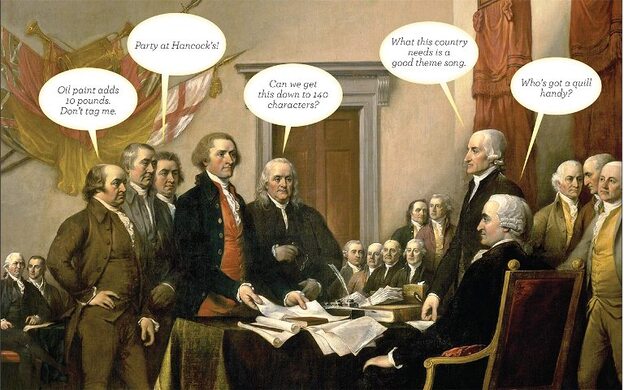
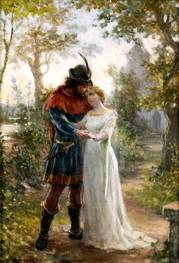

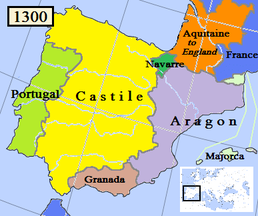

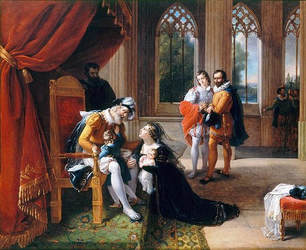
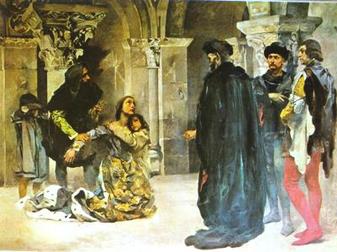
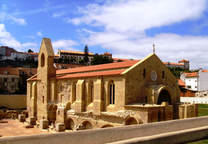

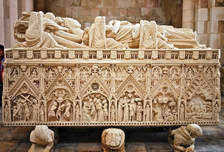
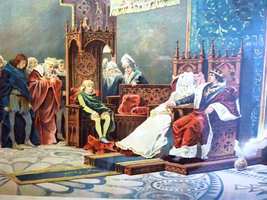
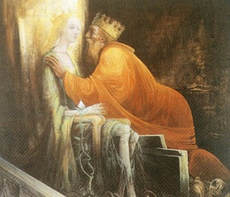
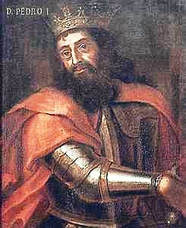

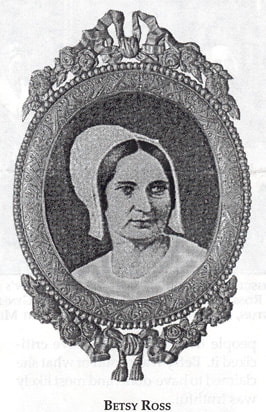
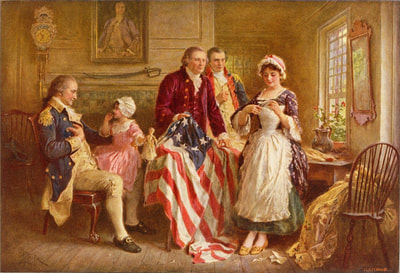
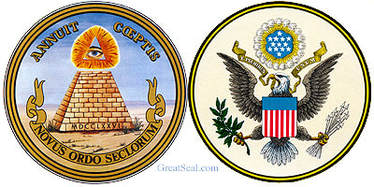





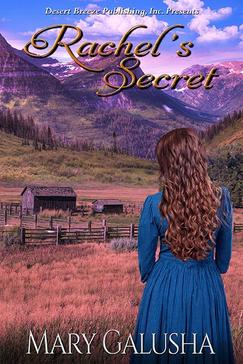






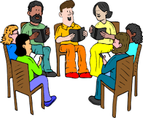








 RSS Feed
RSS Feed